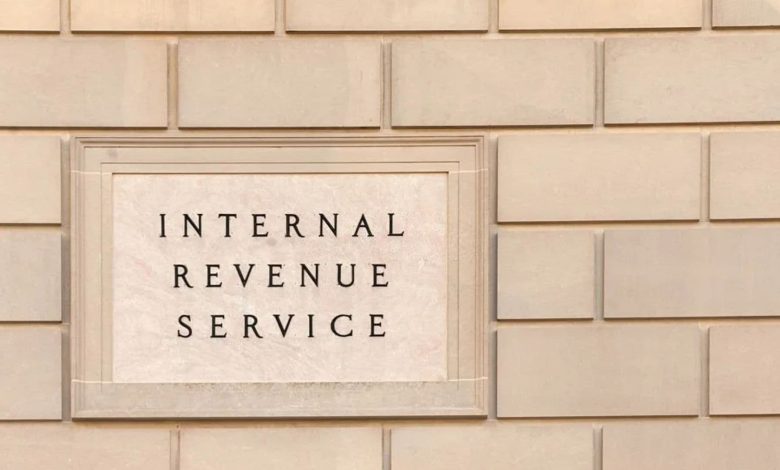
Revenue Ruling 2025-4 breaks down what counts as deductible state taxes versus taxable compensation when employers and employees contribute to PFML funds, how family and medical leave benefits are treated for federal income and employment taxes, and what reporting forms apply. Whether you’re a small-business owner wondering if your PFML contributions are deductible or an HR professional trying to understand withholding and Form 1099 requirements, this guidance provides clear rules on contributions, benefit inclusion or exclusion, and compliance deadlines for 2025 and beyond.
Introduction To Revenue Ruling 2025-4 And Its Purpose
Revenue Ruling 2025-4 addresses the federal tax treatment of contributions made by employers and employees under a state PFML statute, and the income and employment tax treatment of benefits paid from the state PFML fund. The ruling helps businesses and workers understand:
- Which PFML contributions qualify as state income taxes deductible by employees.
- Which contributions qualify as state excise taxes deductible by employers.
- How family leave benefits are includible in gross income but not wages.
- How medical leave benefits may be partially excluded or included, and when they are subject to employment taxes.
- Information reporting requirements, including Forms W-2 and 1099.
Background And Facts Of The Ruling
In 2021, State X enacted a Paid Family and Medical Leave Act, effective January 1, 2022, funded by contributions from employers and employees. For 2025, the standard PFML contribution rate is set at 1% of each employee’s weekly wages, split 60% employee withholding and 40% employer payment. Employers may also “pick up” employee contributions by paying them directly.
The ruling presents six real-world situations—contributions, benefit payments, and employer pick-up scenarios—to illustrate federal tax consequences under sections 61, 62, 104, 105, 162, 164, 3121, 3306, 3401, 6041, and 6051 of the Internal Revenue Code.

Key Legal Rules And Analysis
Federal Income Tax Treatment Of PFML Contributions
- Employee Contributions : Mandatory contributions withheld from wages are treated as state income taxes under §164(a)(3) and deductible by employees who itemize, subject to the SALT cap. But those amounts are includible in gross income and wages for employment tax purposes and reported on Form W-2.
- Employer Contributions : Mandatory contributions paid from employer funds are treated as state excise taxes under §164(a) flush language, deductible by employers. They are not included in employee gross income.
Income Tax Treatment Of PFML Benefit Payments
- Family Leave Benefits : All family leave benefits are includible in employee gross income under §61 and reported on Form 1099, but they are not wages for FICA or FUTA purposes.
- Medical Leave Benefits : Benefits attributable to employee contributions are excluded under §104(a)(3). Benefits attributable to employer contributions are includible under §105(a) and treated as wages subject to employment taxes and reporting rules for third-party sick pay.
Federal Employment Tax Requirements
- Withholding And Reporting : Amounts included as wages (employee withholding, employer pick-up, and medical benefit portions) are subject to FICA and FUTA taxes, and must be withheld, paid, and reported under §§3101, 3111, 3121, 3306, and 3401.
- Third-Party Sick Pay : Medical leave benefit portions tied to employer contributions follow third-party sick pay rules and reporting.
Information Reporting Requirements
- Form W-2 : Employers report wages, withholdings, and pick-up amounts on W-2.
- Form 1099 : States file and furnish Form 1099 to report family leave benefits of $600 or more.
Transition Rules And Effective Dates
The ruling takes effect January 1, 2025, with a transition period for 2025 during which employers and states have relief from certain withholding, reporting, and penalty obligations related to medical leave benefits and employer pick-up amounts.

Practical Implications For Employers And Employees
Employers should:
- Reconfigure payroll systems to distinguish employee vs. employer PFML contributions.
- Update withholding procedures to comply with transition relief for 2025.
- File Forms W-2 and relevant 1099s accurately.
- Deduct employer contributions as business expenses or excise taxes.
Employees should:
- Track PFML contributions for SALT deduction limits.
- Understand that withheld contributions are income and wages.
- Report family leave benefits as gross income if over $600.
Conclusion
Revenue Ruling 2025-4 equips employers and employees with clear tax and reporting guidance for state PFML programs, balancing public policy goals with federal tax compliance. By following these rules and transition relief, businesses can support workforce caregiving needs while optimizing tax treatment.
FAQs
Q: Are PFML contributions tax-deductible for employees?
A: Yes—employee contributions withheld from wages are deductible under §164(a)(3) if itemized, subject to the SALT cap.
Q: Can employers deduct their PFML contributions?
A: Yes—employer-paid contributions qualify as state excise taxes deductible under §164(a) or as business expenses under §162.
Q: Are family leave benefits taxable?
A: Yes—family leave benefits are includible in gross income but are not wages for employment taxes.
Q: How are medical leave benefits treated?
A: Benefits tied to employee contributions are excluded under §104(a)(3); benefits tied to employer contributions are includible under §105 and subject to employment taxes.
Q: What reporting forms apply?
A: Employers report wages and withholdings on Form W-2; states report family leave benefits on Form 1099 if $600 or more.